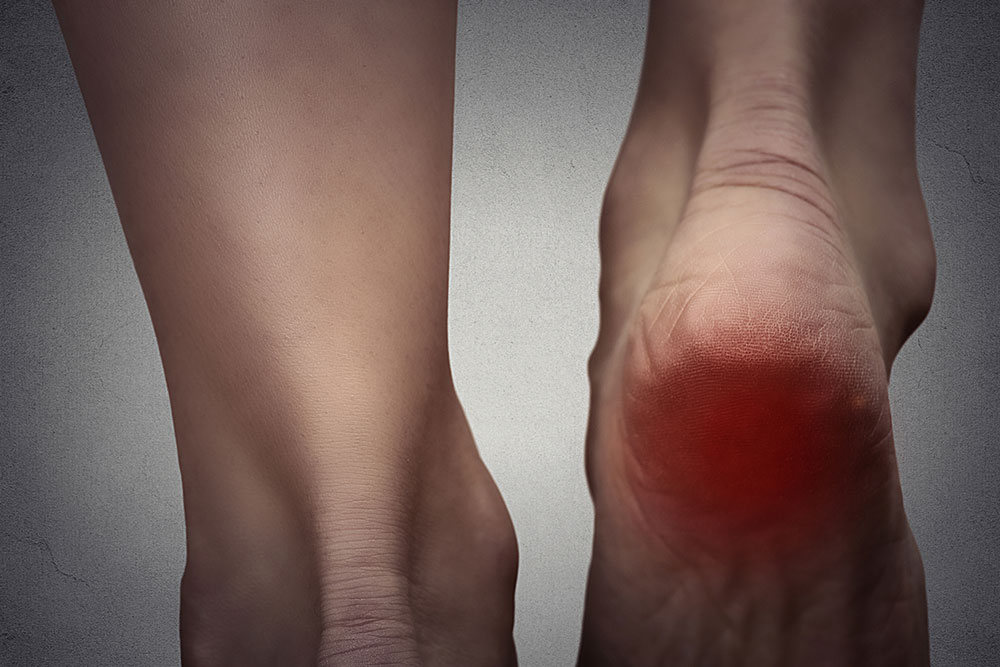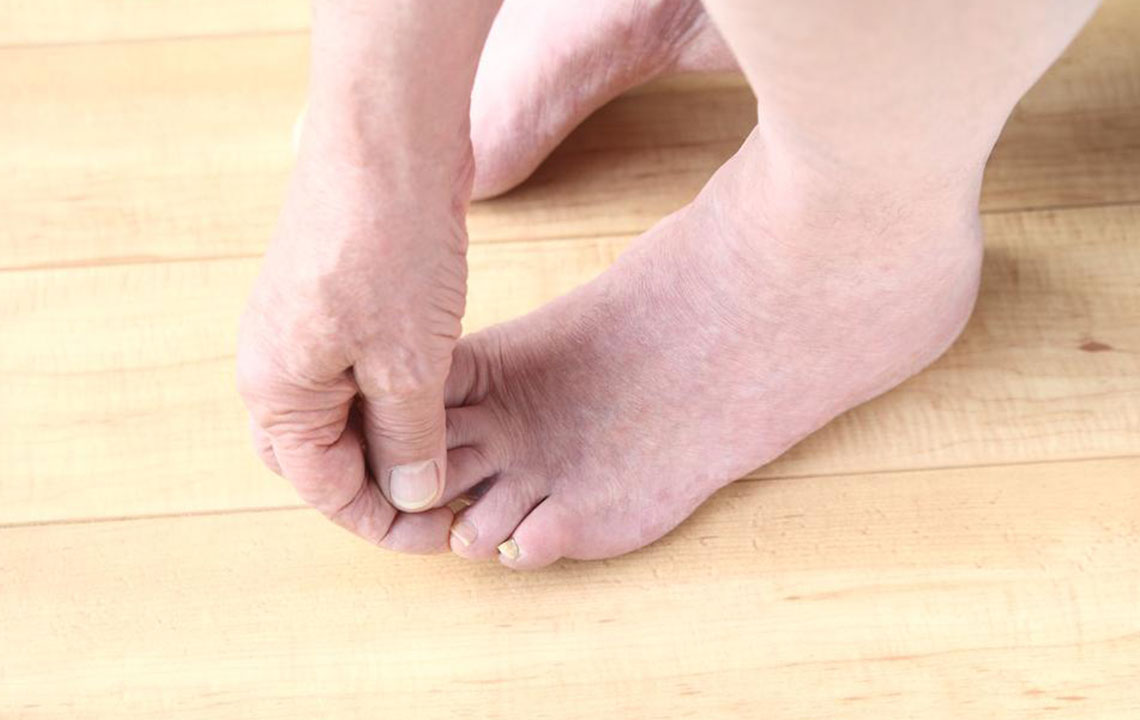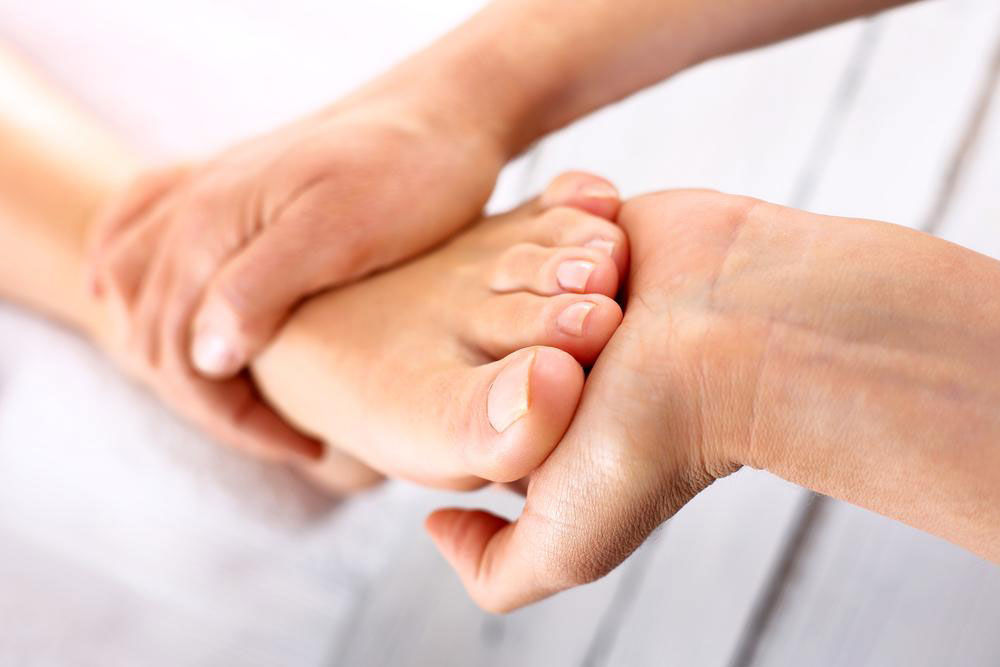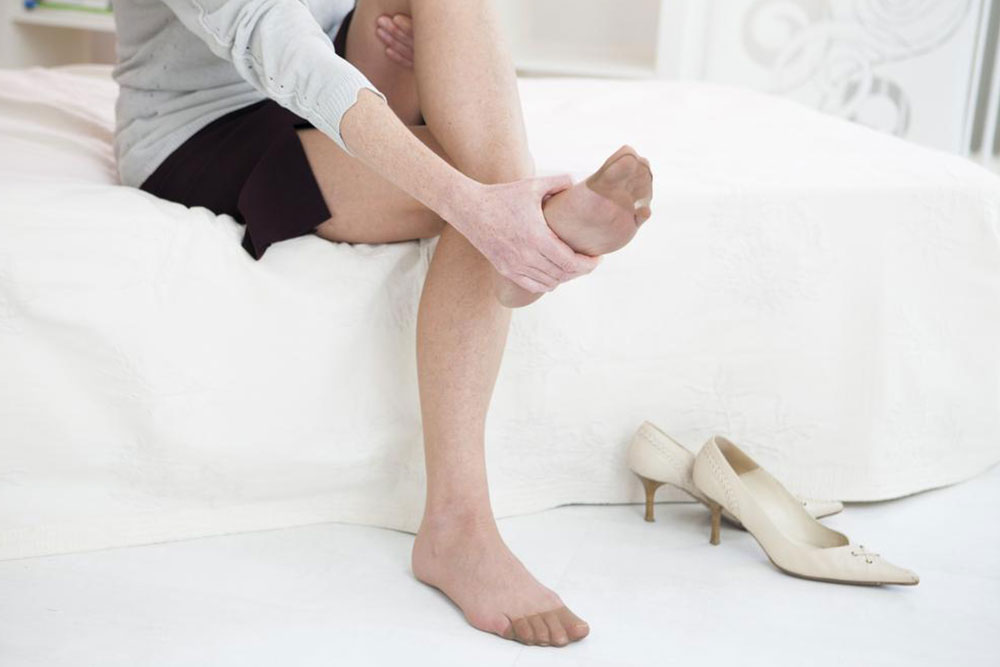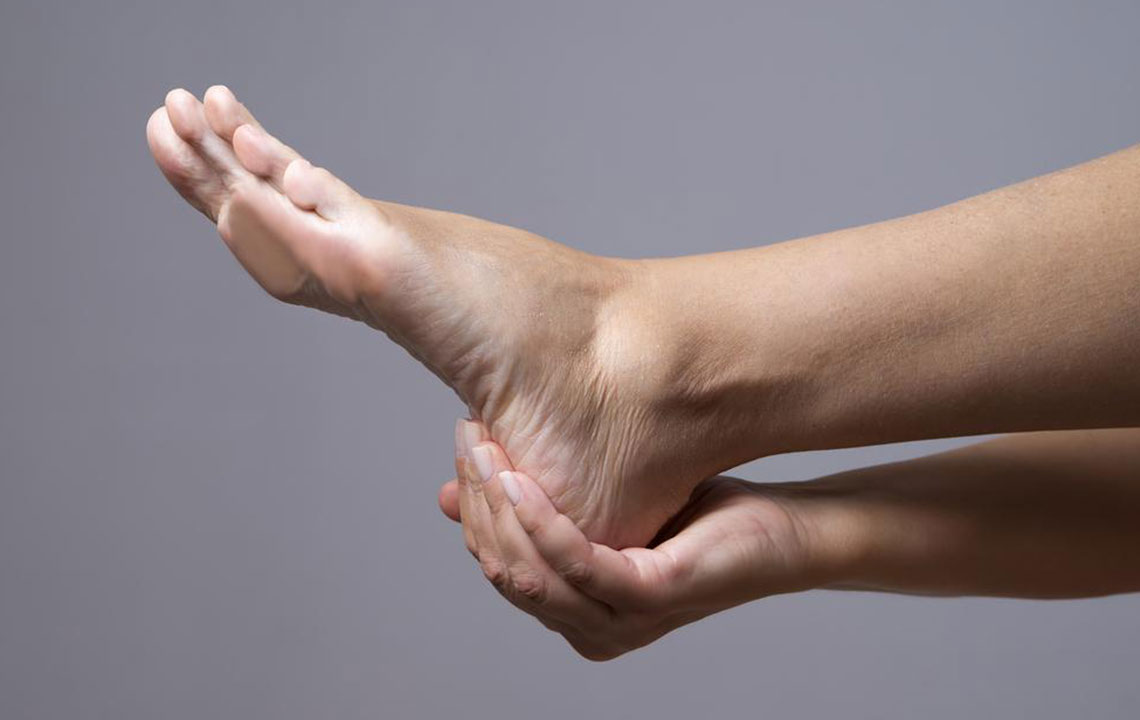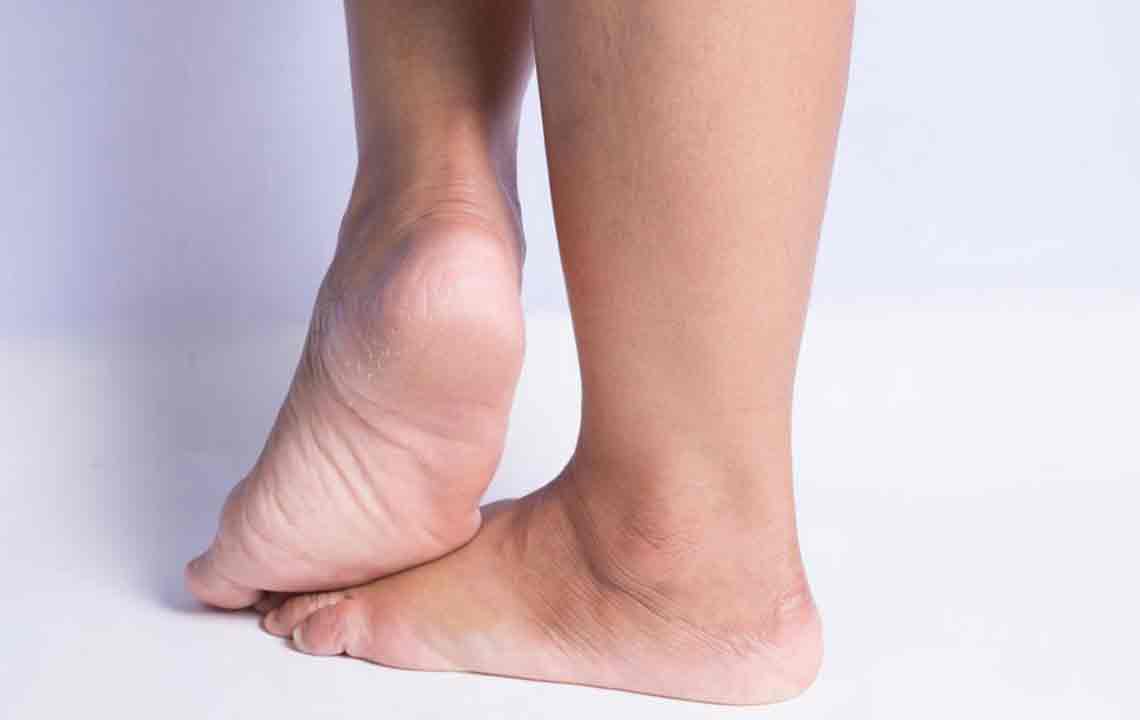Understanding the Common Causes of Foot Discomfort and How to Prevent Them
This comprehensive article explores the common causes of foot discomfort, including heel spurs, bunions, and plantar fasciitis. It provides detailed insights into symptoms, diagnosis, and effective management strategies to help maintain optimal foot health. Practical tips on proper footwear, early treatment, and lifestyle adjustments are emphasized to prevent chronic pain and improve mobility. Ideal for anyone experiencing persistent foot pain or seeking preventive care, this guide highlights the importance of early intervention and professional medical consultation.

Understanding the Common Causes of Foot Discomfort and How to Prevent Them
Foot discomfort is a frequent complaint among many individuals, affecting their daily activities and overall quality of life. While occasional pain is common due to overexertion or minor injuries, persistent or chronic foot pain often indicates underlying health issues that require attention. Recognizing the diverse causes behind foot discomfort is essential for effective management and prevention, helping individuals maintain optimal foot health. This comprehensive guide explores the primary reasons behind foot pain, from repetitive strain to structural deformities, and offers practical advice on treatment and prevention strategies.
One of the most common reasons for foot discomfort is overuse, especially in people who engage in frequent walking, running, or standing for extended periods. Such activities can lead to temporary soreness that typically subsides with rest. However, when pain persists beyond usual fatigue, it may indicate more serious conditions like plantar fasciitis or heel spurs. These ailments result from repetitive stress and strain on the foot's structures, causing inflammation and pain. Heel spurs are bony growths that develop on the underside of the heel and are often associated with plantar fasciitis, a painful condition affecting the plantar fascia—the thick band of tissue running along the bottom of the foot. Heel spurs can cause sharp, stabbing pain, especially upon waking or after prolonged activity, significantly impairing mobility.
Heel spurs develop gradually over months due to calcium deposits caused by continuous strain or micro-tears in the plantar fascia. Factors such as improper footwear, obesity, flat feet, or high arches can exacerbate the development of heel spurs. Its hallmark symptoms include intense heel pain, swelling, and stiffness, which worsen with activity and improve with rest. Proper diagnosis involves clinical evaluation and imaging studies like X-rays to confirm the presence of bony growths. Managing heel spurs often involves a combination of interventions, including custom orthotic insoles, anti-inflammatory medications, physical therapy, and in some cases, corticosteroid injections or surgical removal.
Another prevalent cause of foot discomfort is bunions—deformities at the base of the big toe that lead to misalignment of the joint. Bunions develop gradually due to inherited structural foot abnormalities, wearing tight or ill-fitting shoes, or genetic predisposition. Tight shoes with narrow toe boxes and high heels apply excessive pressure on the big toe joint, aggravating the bunion and causing swelling, redness, stiffness, and pain. Over time, bunions can worsen, leading to difficulty walking and wearing certain footwear comfortably. Preventive measures include choosing properly fitting shoes with a wide toe box, avoiding high heels, and using protective padding or splints to reduce friction and pressure.
Plantar fasciitis, another common contributor to foot pain, is characterized by stabbing pain in the arch, particularly noticeable in the early morning or after long periods of standing. This condition results from inflammation of the plantar fascia, often linked with tight calf muscles, obesity, or repetitive strain. Managing plantar fasciitis involves stretching exercises, footwear modifications, icing, and over-the-counter pain medications. Custom orthotics can provide additional arch support and alleviate stress on the plantar fascia. In some cases, physical therapy or steroid injections may be necessary to control symptoms.
Additionally, conditions such as Achilles tendinitis—a painful inflammation of the Achilles tendon—bursitis, Morton’s neuroma (a thickening of tissue around nerves in the ball of the foot), and osteoarthritis also contribute to chronic foot pain. Each of these ailments requires specific treatment approaches, emphasizing early diagnosis and intervention to prevent worsening. Cold or hot compresses, rest, anti-inflammatory medications, and physical therapy are common treatment options. Surgical procedures may be considered in severe and unresponsive cases, emphasizing the importance of seeking professional medical advice promptly.
Preventive care plays a vital role in maintaining healthy feet. Selecting comfortable, supportive footwear with appropriate cushioning and ample toe space reduces strain on foot structures. Avoiding high heels and narrow shoes minimizes pressure on the toes and joints. Regular foot stretches and strengthening exercises can improve flexibility and reduce the risk of deformities and overuse injuries. Maintaining a healthy weight alleviates excessive pressure on the feet, and paying attention to early symptoms encourages timely treatment—thereby preventing complications such as chronic pain or mobility issues.
In conclusion, understanding the primary causes of foot discomfort—including heel spurs, bunions, plantar fasciitis, Achilles tendinitis, bursitis, Morton’s neuroma, and osteoarthritis—enables individuals to adopt proactive measures. Proper footwear, lifestyle adjustments, and seeking medical advice at the first signs of pain significantly improve outcomes. Taking care of your feet is essential for maintaining mobility, preventing long-term complications, and enjoying an active, pain-free life.
